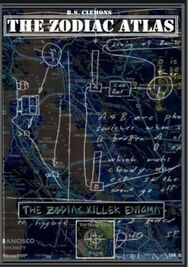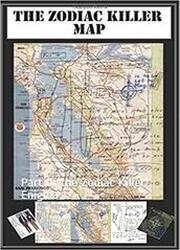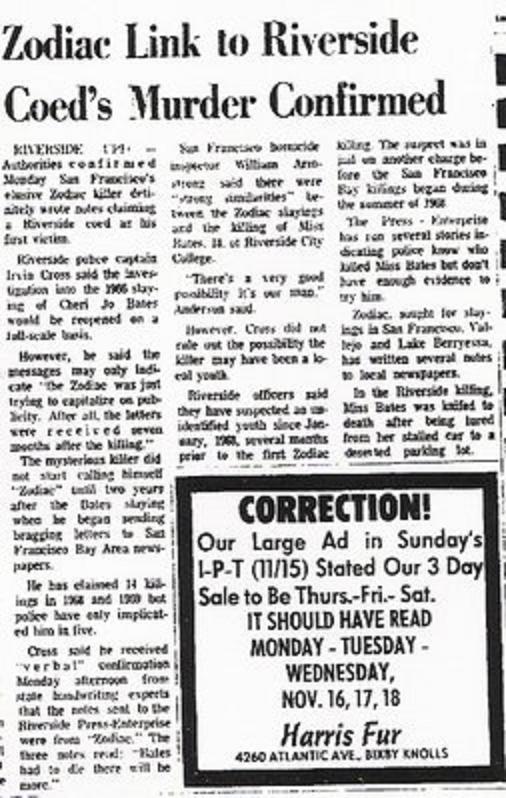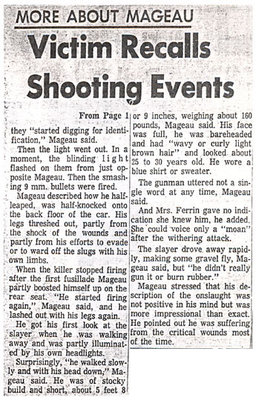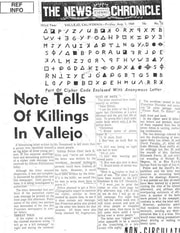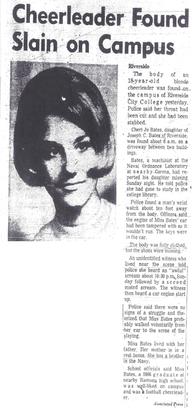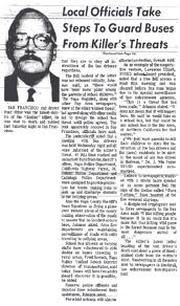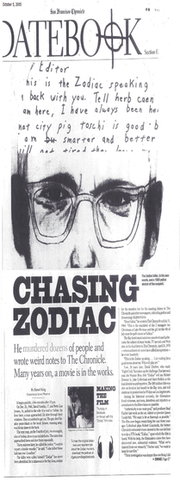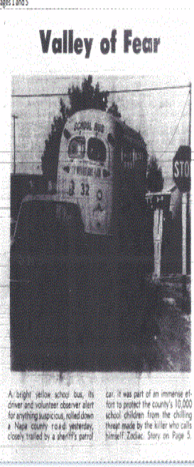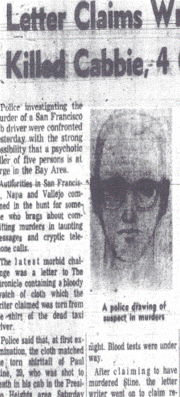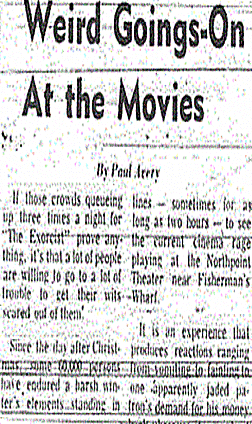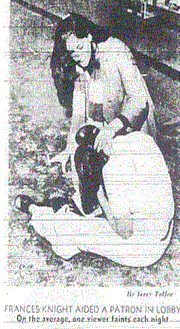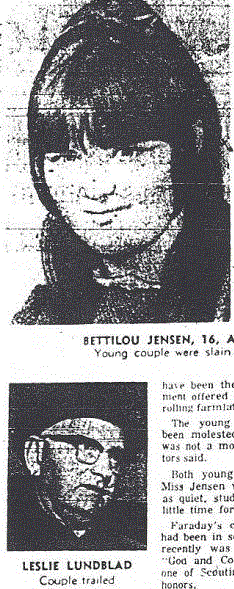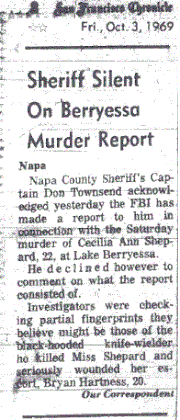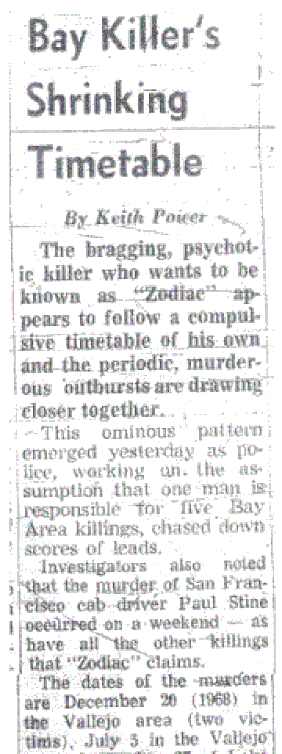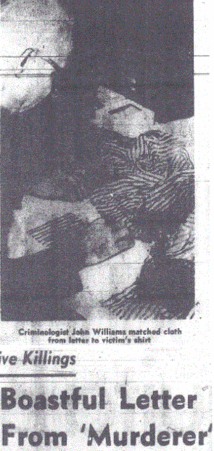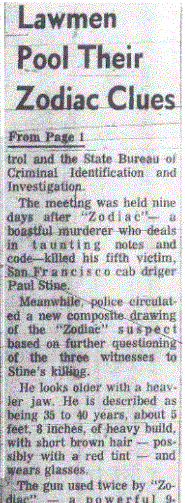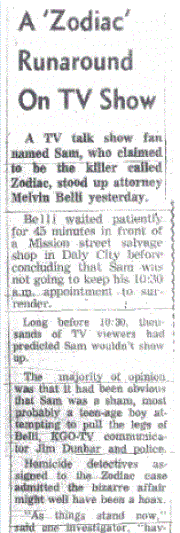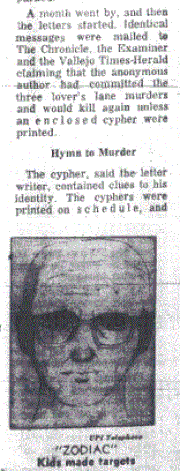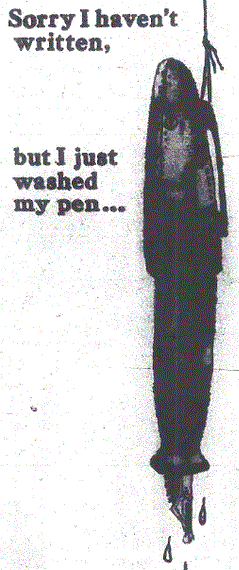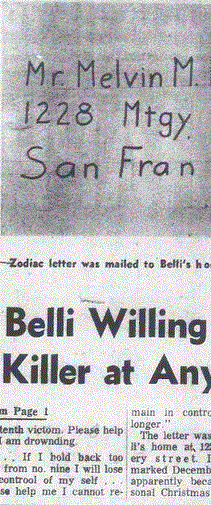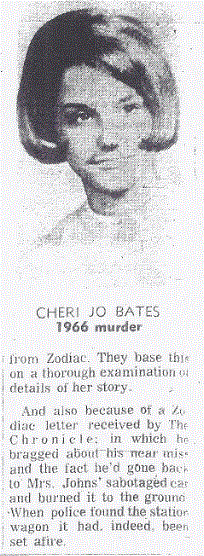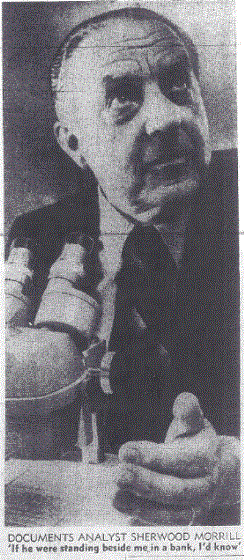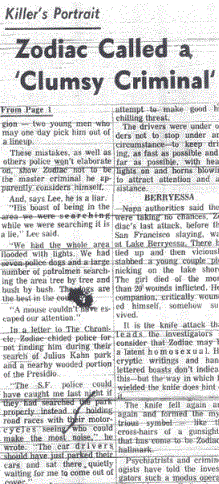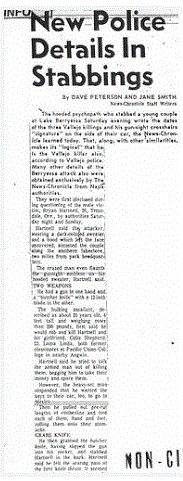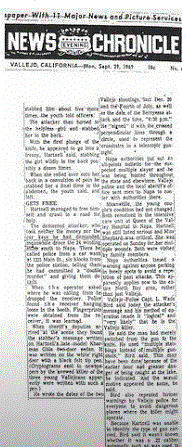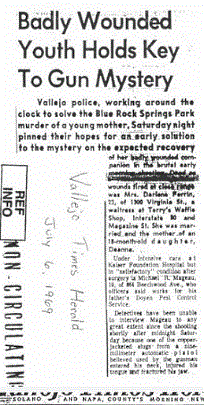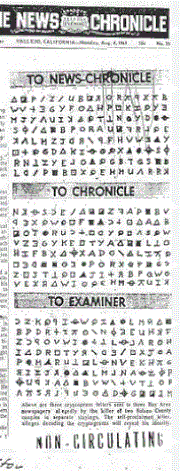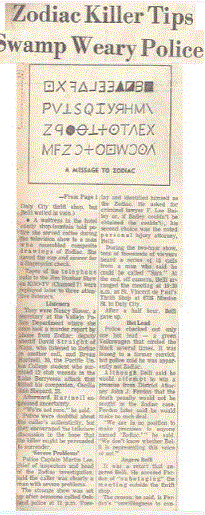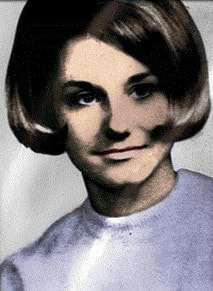
Where Steve Shumway acquired this information is irrelevant, because it is pure fiction. In fact, Cheri Jo Bates was stabbed less than one-quarter the amount of times put forward by Steve Shumway. A cursory glance across the 26 entries from the external examination by autopsy surgeon F. Rene Modglin shows that Cheri Jo Bates received no more than 6 incised wounds to her torso and arms (discounting the two abraded lacerations to her left forearm). Her neck received 7 incised wounds that transected the thyroid cartilage, right common carotid artery and right superficial jugular vein, indicative of a blade being drawn across the neck (they were not stab wounds). Claims that Cheri Jo Bates was nearly decapitated is another wild dramatization of an already brutal and senseless murder. Also, attempting to manufacture an argument that this crime was possibly committed in an act of rage by somebody who had a relationship or was known to the victim, cannot be credibly argued based on the number of stab wounds the victim received.
Cheri Jo Bates had received three wounds to her breast region and one to her back (4 in total to her torso), none of which were life threatening (disregarding prolonged blood loss). She had two moderately superficial cuts to the anterior and medial upper left lobe of her lung, with no.pulmonary embola significant atelectasis (collapse of lung tissue with loss of volume). The three incised wounds to her breast region measured 1.9cm (0.75 inches), 1.7cm (0.67 inches) and 1.4cm (0.55 inches). F. Rene Modglin had calculated, based on the entirety of the wounds, that the minimum knife dimensions would be half inch wide and three and a half inches long. The wounds may have measured slightly more than half an inch at autopsy, but this is dependent upon the angle of delivery and removal of the knife as it entered and exited the body. But the incised wounds to her breast region and back (0.59 inches) suggest a blade of half an inch wide or fractionally bigger. Her right upper arm had only one gaping wound measuring 4cm (1.6 inches), suggestive of an angled strike with the blade, with another wound measuring 1.5cm to her right axillary fold (right armpit). Her left arm carried two "somewhat abraded lacerations" of 3.5cm and 4cm, that were not necessarily indicative of a knife wound. A laceration is caused by blunt force trauma (crushing or ripping blow) with evident tissue bridging and minimal blood loss (except for the scalp). An incised wound (by a knife in this case) exhibits no tissue bridging and greater blood loss.
Unfortunately, the autopsy uses the word laceration throughout to show the knife wounds in this case, making it difficult to disseminate what is meant when describing the wounds to the face and hands of Cheri Jo Bates. The "2 cm oblique ragged edge fresh non gaping laceration of the upper lip on the left side, that angles laterally from above and extends completely through the thickness of the lip", is likely a blow from either the fist or foot of the murderer, or contact with the ground. As were the "series of three fresh lacerations of the skin of the left cheek, angling from above in front slightly downward and posteriorly". These injuries to her face were interspersed with abrasions (possibly received from the driveway floor). Her hands received numerous abrasions, but only three of the wounds to her hands were described as lacerations by F. Rene Modglin. There were twelve injuries to her hands described at autopsy (10 presumably to her dominant right hand and two to her left hand). F. Rene Modglin described two lacerations to her left hand and one to her right, leaving nine abrasion type injuries remaining (and so making the twelve described injuries). One entry in the autopsy described a few light linear criss-crossing abrasions of the right hand (I attributed this as one injury). If F. Rene Modglin used lacerations to describe incised wounds from a blade, then Cheri Jo Bates only had three defensive wounds to her hands. The numerous abrasions to her hands most likely received from contact with the driveway floor.
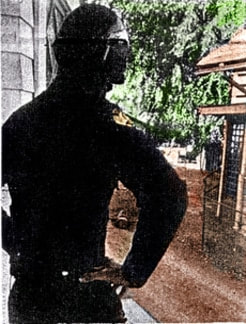
However, discounting these two abraded lacerations, which were on the volar surface (palm side) of her forearm (and assuming Cheri Jo Bates had her hands in front of her chest for some time during the attack), then she received eight incised wounds from a knife blade while standing, likely delivered by an assailant securing Cheri Jo Bates from behind during this period. Can we conclude that Cheri Jo Bates had been thrown or forced to the ground during the next phase of the attack, then punched and kicked, before being stabbed once in the back with a knife as she lay struggling on the driveway floor? All the abrasions and lacerations to her hands described at autopsy by F. Rene Modglin were to the dorsal side of her hand (knuckle side). Her fingers received injuries, but none were detailed to the palms of her hands in the autopsy report.
We have a killer who failed to deliver any imminent life threatening injuries to the front of Cheri Jo Bates' body, with limited knife penetration to any part of her torso (whether delivered standing up or kneeling over her). Although not proven, it appears the final part of the attack occurred when Cheri Jo Bates was lying face down, with one stab wound to her back, followed by the knife blade being drawn across her neck seven times. Was this attack the product of a youthful and inexperienced lightweigt, who failed to deliver any killer blows during the initial phase of the attack, who ultimately resorted to attacking her neck region? Or is it impossible to conclude the maturity and experience of the murderer based on anything contained within the autopsy report generated by F. Rene Modglin? PART TWO PART THREE
WAS THE CONFESSION LETTER AUTHOR THE KILLER OF CHERI JO BATES?
WAS THE CONFESSION LETTER AUTHOR THE KILLER OF CHERI JO BATES? [PART TWO]
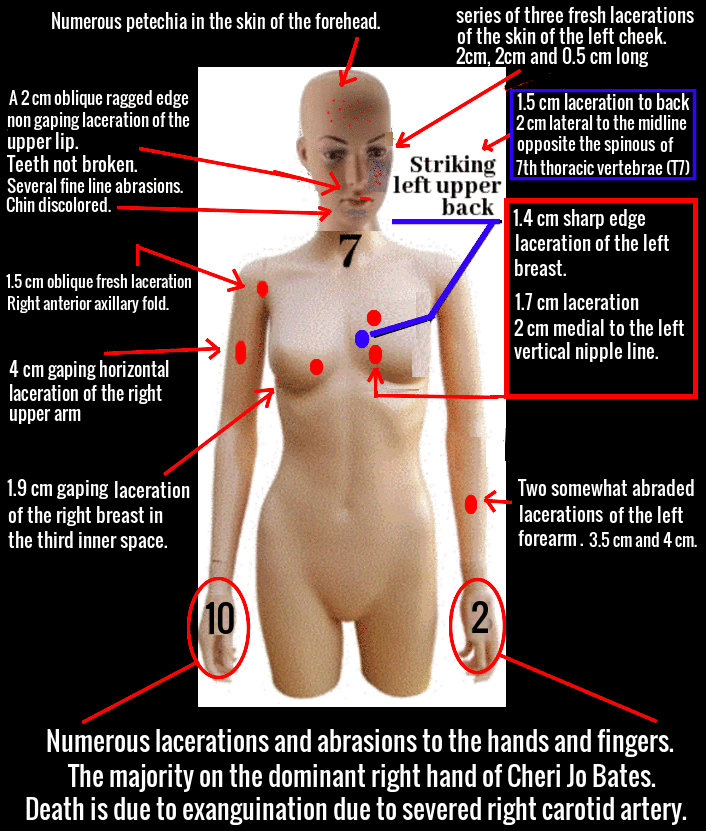




 RSS Feed
RSS Feed



